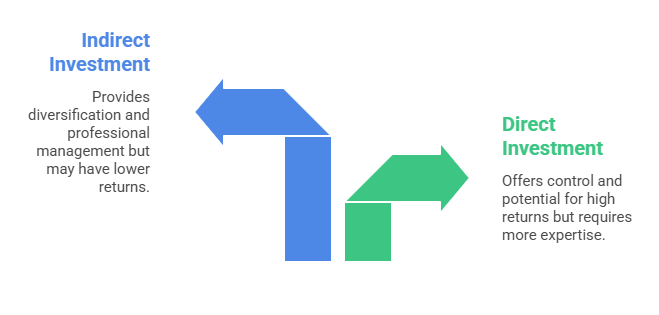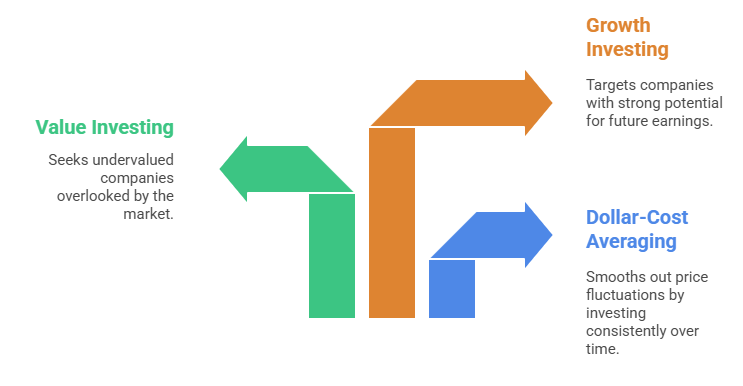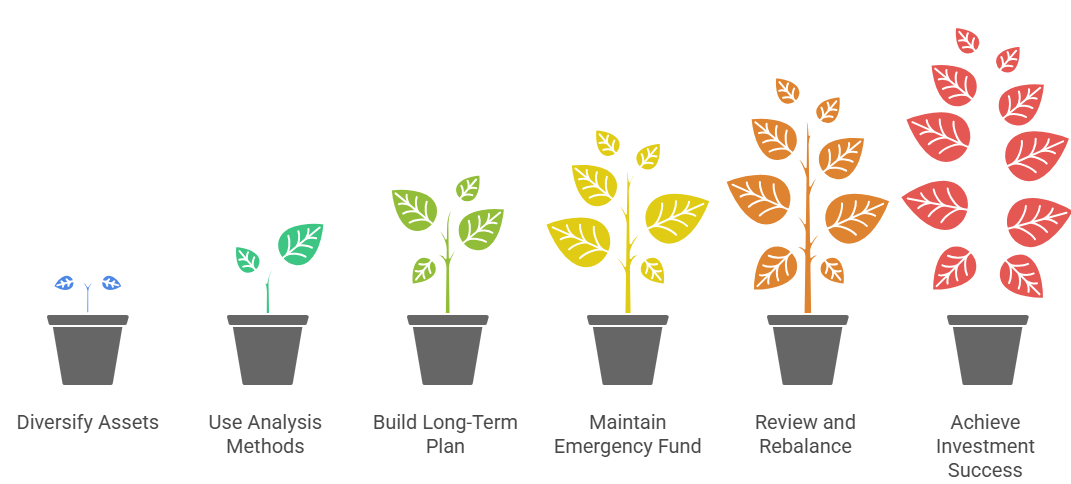
Mastering the Basics of Understanding Investments Together
Explore Investment Basics
Let’s start by placing “understanding investments” at the very heart of our discussion. We know high-net-worth families value clarity and security, so our goal is to help you feel more confident about where and how you allocate your funds. In one quick line, here are five FAQs about understanding investments: what it actually means, how to begin, the capital needed, how to evaluate risk, and when to seek professional support.
Why We Value Investments
We invest for growth, protection, and peace of mind. Whether we’re putting money into stocks, bonds, or funds, the main idea is to generate returns that outpace inflation. It’s not merely about chasing huge gains. It’s about strategically aligning our assets with our long-term goals, like passing wealth on to future generations or supporting a comfortable retirement.
Direct vs Indirect Options

When we talk about direct investments, we mean holding a specific asset such as stocks, bonds, or real estate. According to Money for The Rest of Us, going direct often gives us more control but also requires a deeper grasp of each asset’s intricacies.
Indirect investments, on the other hand, include mutual funds, ETFs (exchange-traded funds), and other vehicles managed by professionals. Public indirect investments tend to be cheaper because they’re easier to oversee, whereas private vehicles can carry higher fees or demand certain net worth requirements.
Here’s a quick table to compare both:
| Investment Type | Definition | Example |
| Direct | Owning actual assets directly | Buying stocks or real estate |
| Indirect | Investing in funds managed by professionals | Mutual funds or ETFs |
Consider Risk And Reward

Anytime we put our money to work, we face risk. The key is understanding how much risk we’re comfortable with and balancing it against our desired returns. As LearnSignal explains, higher-risk assets could yield bigger returns but can also result in larger losses.
Systematic vs Unsystematic Risk
- Systematic Risks: These affect entire markets or economies and include factors like interest-rate changes or global events. We can’t avoid them completely.
- Unsystematic Risks: These are specific to an industry or a company, such as poor management or product recalls (Investopedia).
Managing risk starts by choosing the right mix of investments, reviewing them regularly, and adapting as our goals evolve.
How Diversification Works
Diversification means holding a variety of assets, like stocks from multiple industries or a blend of stocks and bonds. This approach can help offset losses if one sector falters. Multiple studies, including those cited by Vanguard, highlight diversification as a core principle of long-term investing.
If you’d like more pointers on allocating investments, consider exploring our quick overview of an individual investment account, which can serve as a flexible tool in your overall plan.
Employ Analysis Methods

Smart investment decisions rest on thorough analysis. Two primary strategies keep popping up: fundamental analysis and technical analysis.
Fundamental vs Technical
Fundamental analysis digs into financial statements and market position to figure out a company’s true worth. It aims to spot undervalued opportunities based on future prospects, dividend potential, or economic factors (Investopedia).
Technical analysis, in contrast, focuses on price trends and charts, seeking patterns that might predict future price movements. This approach often appeals to momentum investors who believe winners remain strong while losers continue floundering (Investopedia).
Bottom-Up vs Top-Down
Some famous names such as Warren Buffett swear by bottom-up analysis, where we zero in on a specific company’s fundamentals rather than broader market shifts (Investopedia). The top-down method begins with a macro perspective, looking at the economy and major trends before picking specific stocks.
Diversify Wisely

We’ve seen that diversification spreads risk—especially useful for high-net-worth investors looking to protect generational wealth. Building a well-rounded portfolio often requires allocating funds across different asset classes.
Asset Classes To Explore
- Stocks: Potentially higher returns but also higher volatility.
- Bonds: Generally lower risk, with returns tied to creditworthiness and maturity dates.
- Real Estate: Tangible assets that can offer both rental income and long-term appreciation.
- Commodities: Physical goods like gold or agricultural products, which sometimes rise when stocks dip.
If you’re curious about more creative ways to expand your holdings, we also discuss how you might invest in privately held companies if that aligns with your goals.
Stocks And Bonds
Stocks let us become partial owners of a company, and their value typically moves with market conditions and company performance. Bonds, on the other hand, are lending instruments. We’re effectively loaning money to an entity, such as a corporation or a government, in return for regular interest.
Real Estate And Beyond
Real estate can serve as a stable anchor, offering rental income and potential property value escalation. If you’re looking for more exotic alternatives, watch out for active fees and management expertise required, especially in private investments.
Adopt Tactical Strategies

Once we have a handle on the basics, there are multiple ways we can implement our vision. Here are a few popular strategies:
- Dollar-Cost Averaging: Investing consistent amounts over time to smooth out price fluctuations.
- Value Investing: Seeking undervalued companies that appear overlooked by the market.
- Growth Investing: Targeting companies with strong potential for future earnings.
These concepts help us adapt to shifting market conditions. For instance, applying dollar-cost averaging can mitigate risk when prices swing dramatically (SEC).
Build A Safety Net

We also can’t overlook financial fundamentals like emergency funds. Having several months of living expenses readily accessible can keep us from withdrawing investments during a crisis. As the SEC points out, planning for emergencies is key to any sound financial strategy.
If you’re a business owner seeking to pool resources, we suggest reading our tips on how to form an investment fund or seeking investors for business. For choosing a brokerage service, you can take a peek at what are brokerage services or even check out some of the best brokers for beginners if you’re just getting started.
Put It All Together

We’ve walked through essential concepts like risk, reward, analysis methods, and diversification. Once we align those strategies with our personal or family legacy goals, we’re in a better position to heighten returns while preserving capital. Above all, “understanding investments” is about feeling secure in how our wealth evolves.
Here are our main takeaways:
- Diversify across multiple asset classes to balance risk and reward.
- Use both fundamental and technical analysis depending on your style.
- Build a long-term plan with a clear view of your risk tolerance.
- Keep an emergency fund to avoid tapping investments prematurely.
- Regularly review and rebalance as markets move or your goals shift.
Ready for more? Check out our additional investment education resources. We’re here to help you navigate each step of the journey. And remember, even sophisticated investing starts with a solid foundation. With the right blend of knowledge and action, we can set ourselves up for sustained success.
Showcase your recognition by adding our award badge to your website! Simply copy the code below and embed it on your site to highlight your achievement.

Recent Posts
Investment Firms in Los Angeles to Consider
Los Angeles is home to a diverse and dynamic financial...
Investment Firms in New York to Consider
Choosing the right investment firm is crucial for achieving your...





